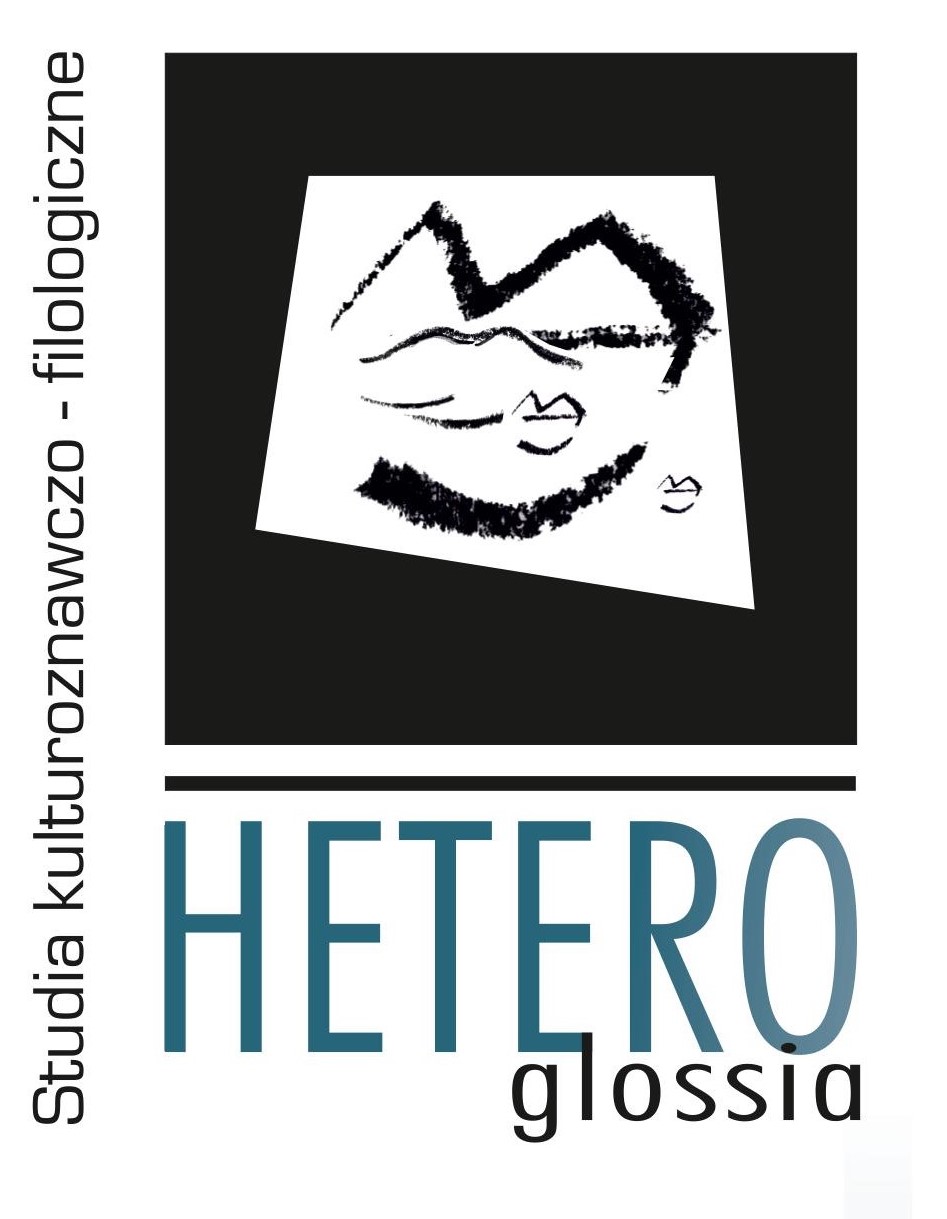Czechosłowakizm na językowym tle
I Republiki Czechosłowackiej1
(1918-1938)
Czechoslovakism against the linguistic background
of the First Czechoslovak Republic (1918-1938).
Author(s): Dariusz TkaczewskiSubject(s): Language and Literature Studies, Czech Literature
Published by: Wyższa Szkoła Gospodarki w Bydgoszczy (WSG)
Keywords: Czechoslovakia; 1918-1938; Czechoslovakism; Czech language
Summary/Abstract: On 28 October 1918, Czechoslovakia, one of the new countries on the map of Central Europe, appeared. It was a common republic of two nations, being a true implementation of the somewhat idealistic idea of Czechoslovakism — an optional combination of Czechs and Slovaks within one country and Czechoslovakian divided into two language ‘branches’ Czech and Slovak. In the centenary of Czechoslovakia the author describes the initial (ethnic) conditions and the state of the Czech language in ‘the first’ 20 years (1918–1938) as well as the development and modernization of modern Czech in the field of lexis, grammar solutions, the style, and artistry of Czech literature. He also mentions the timeless scientific and theoretical initiatives (e.g. Prague Linguistic Circle) which the Czech-Slovak linguistic achievements have raised to a global level.
Journal: HETEROGLOSSIA - Studia kulturoznawczo-filologiczne
- Issue Year: 2022
- Issue No: 13
- Page Range: 293-307
- Page Count: 15
- Language: Polish

